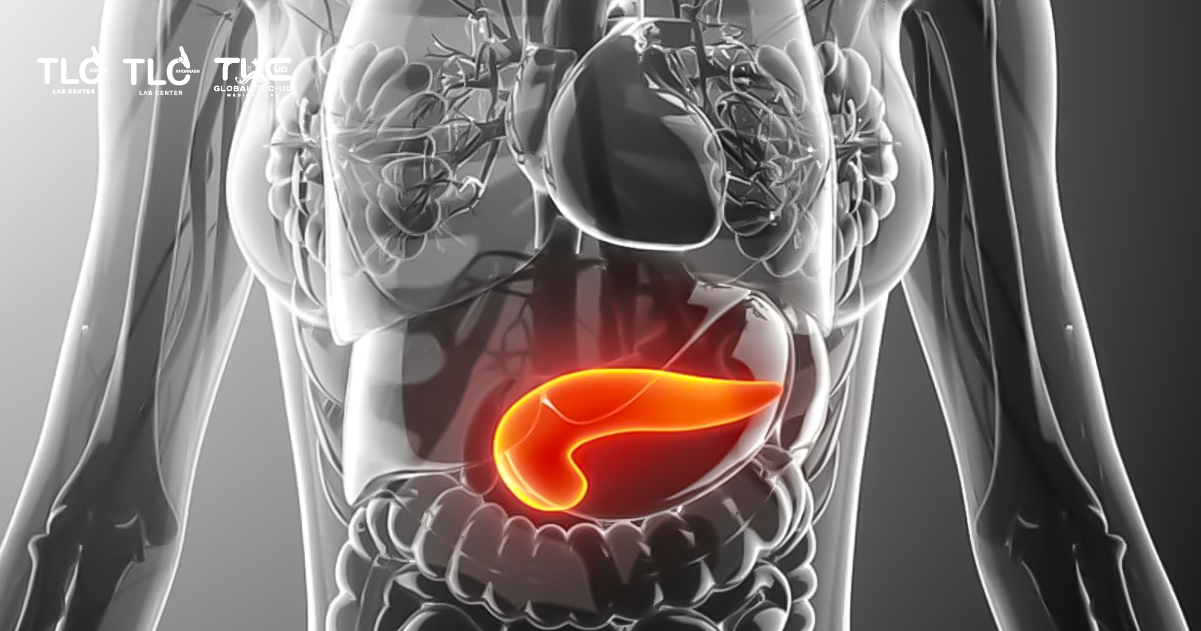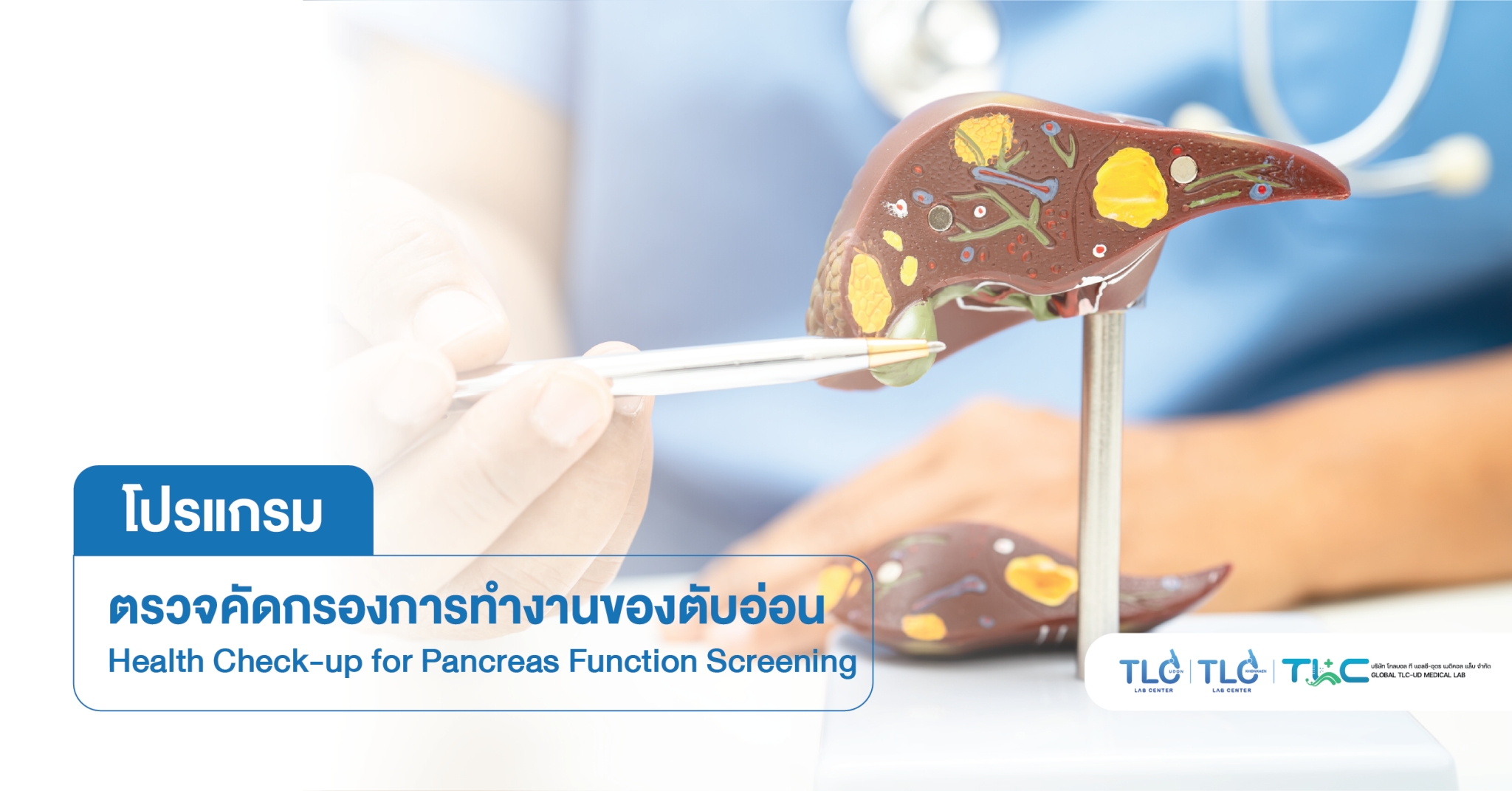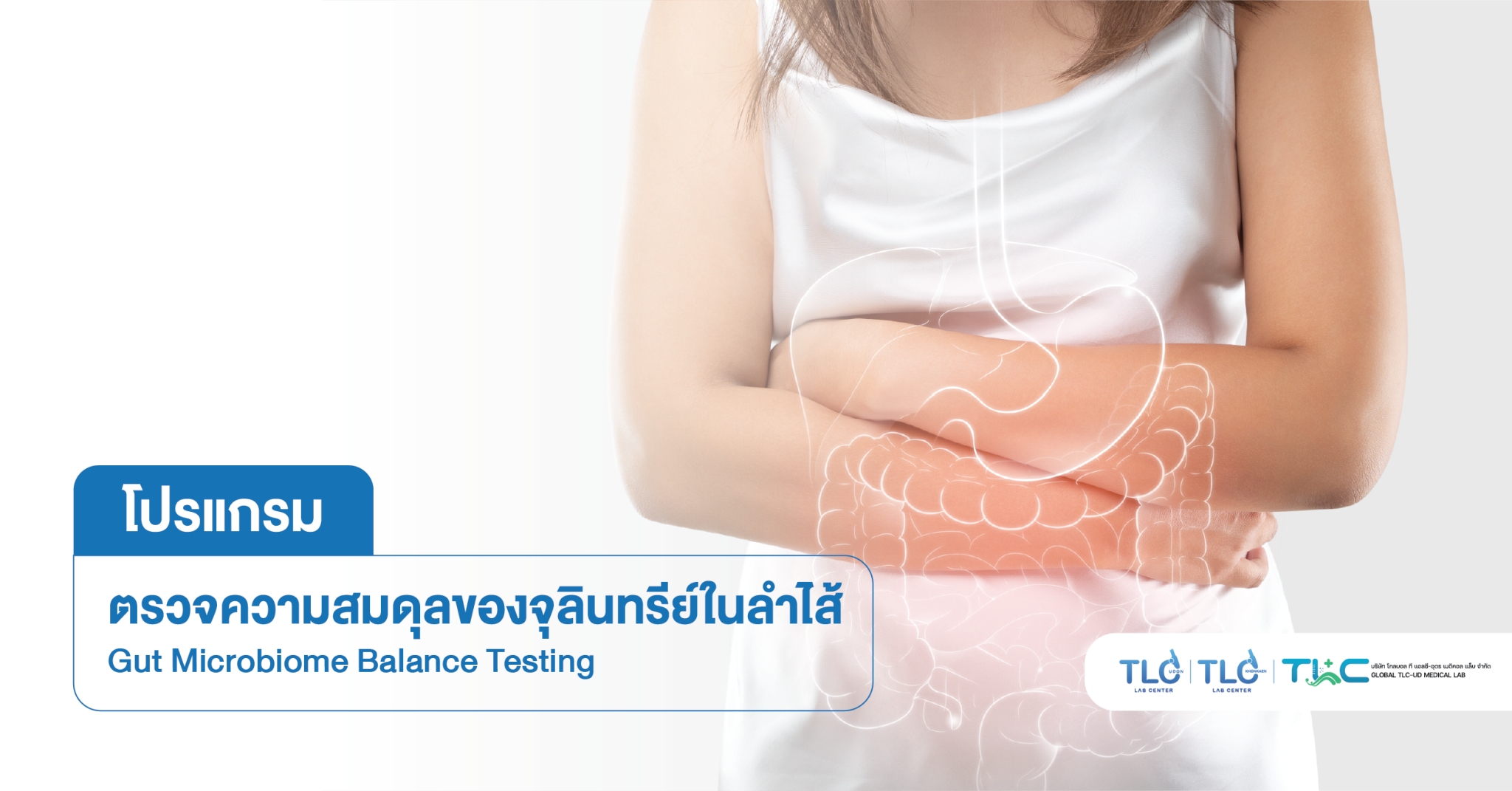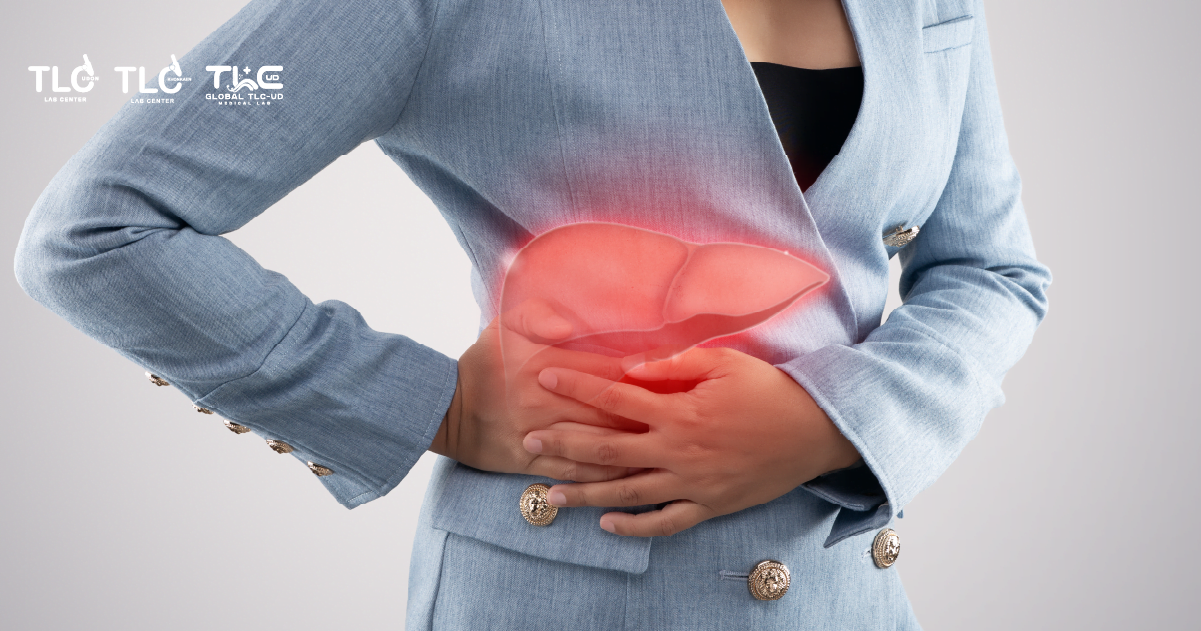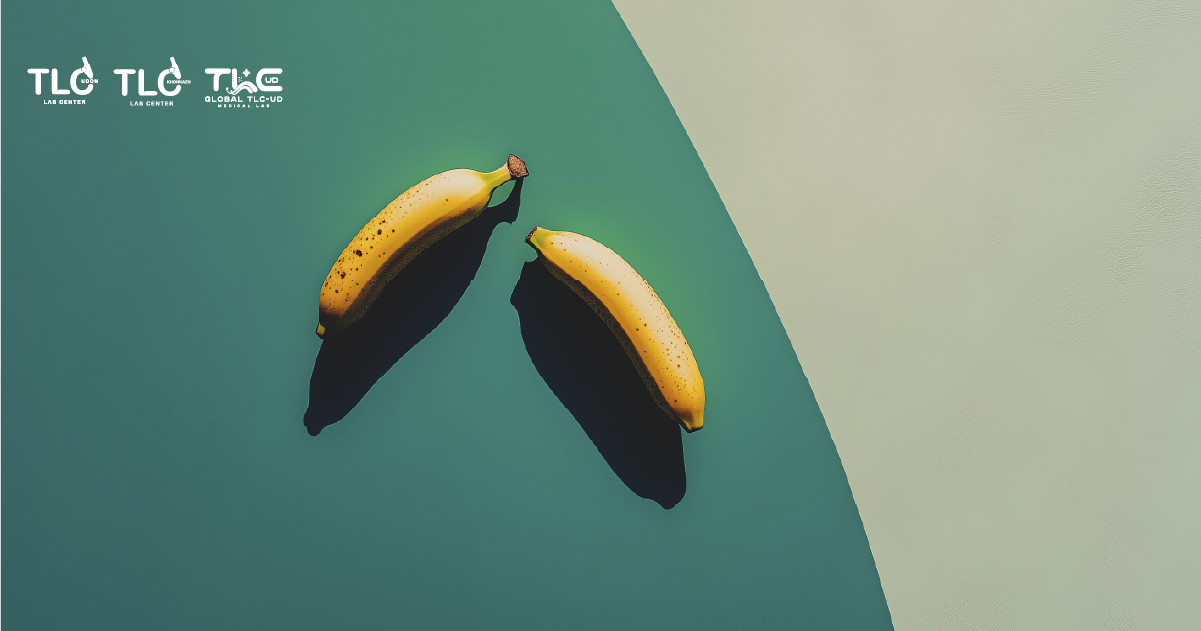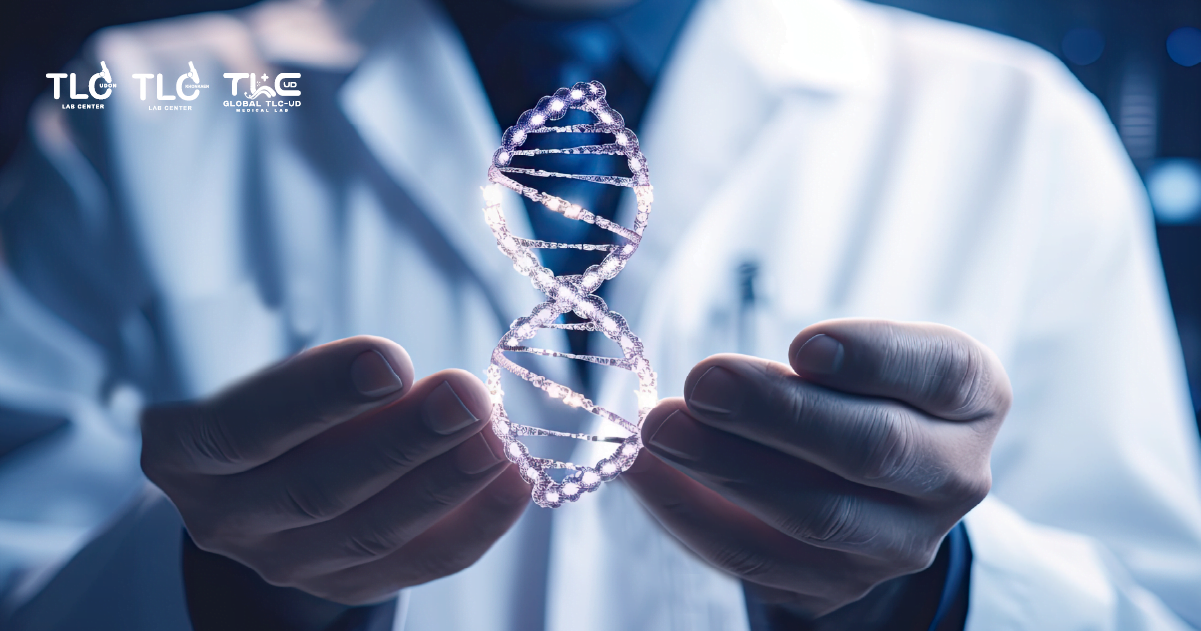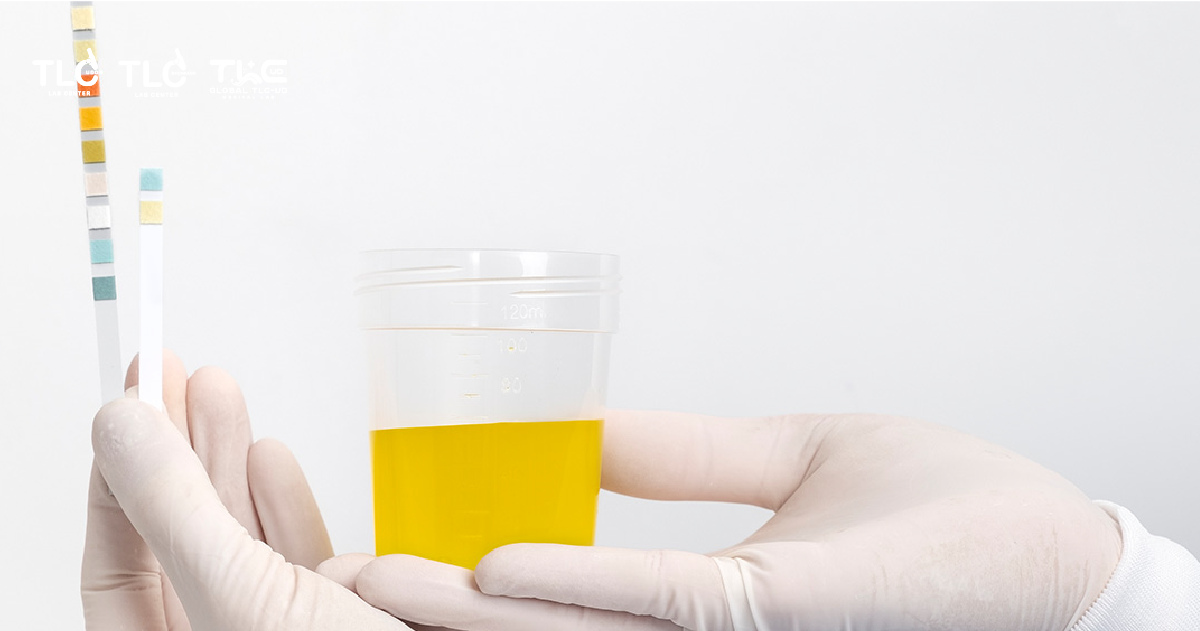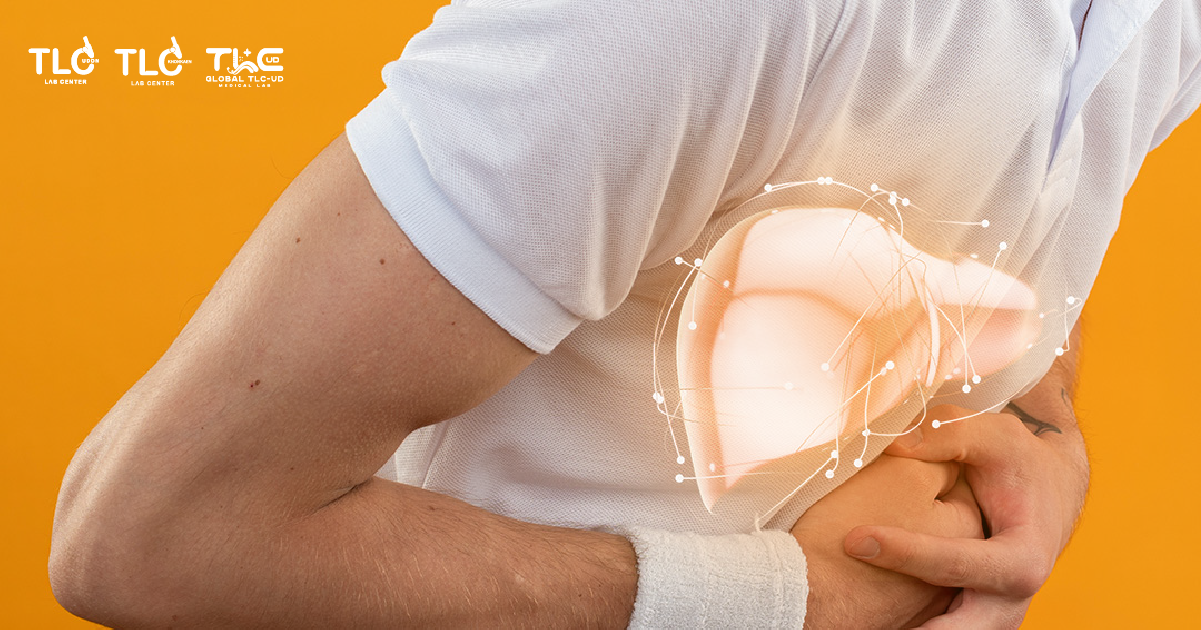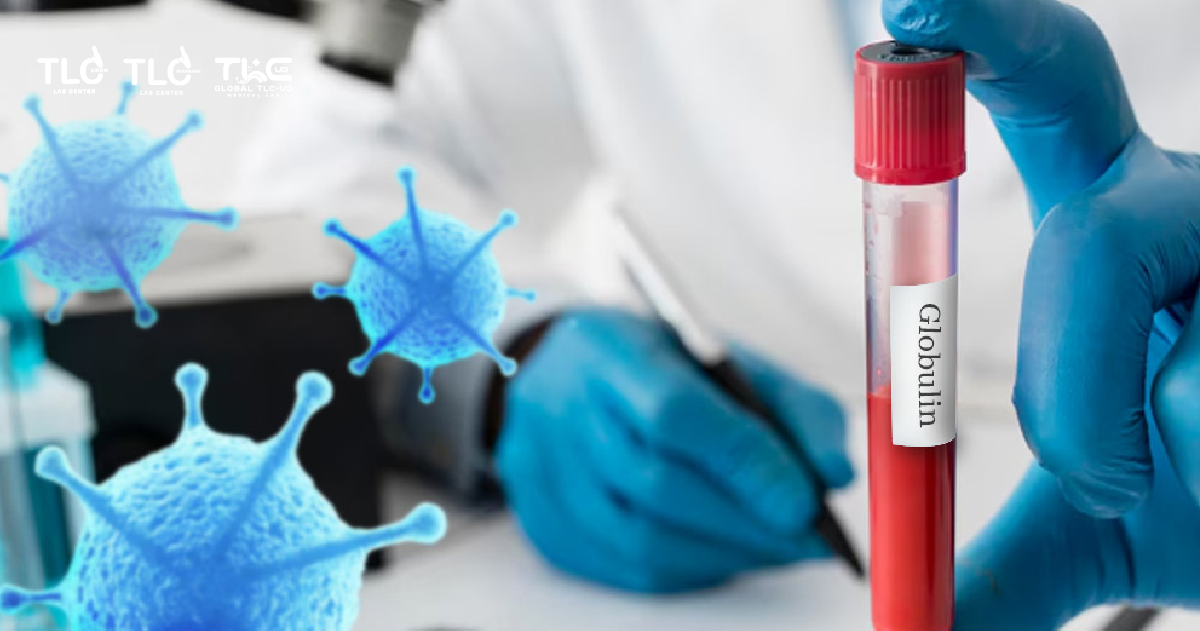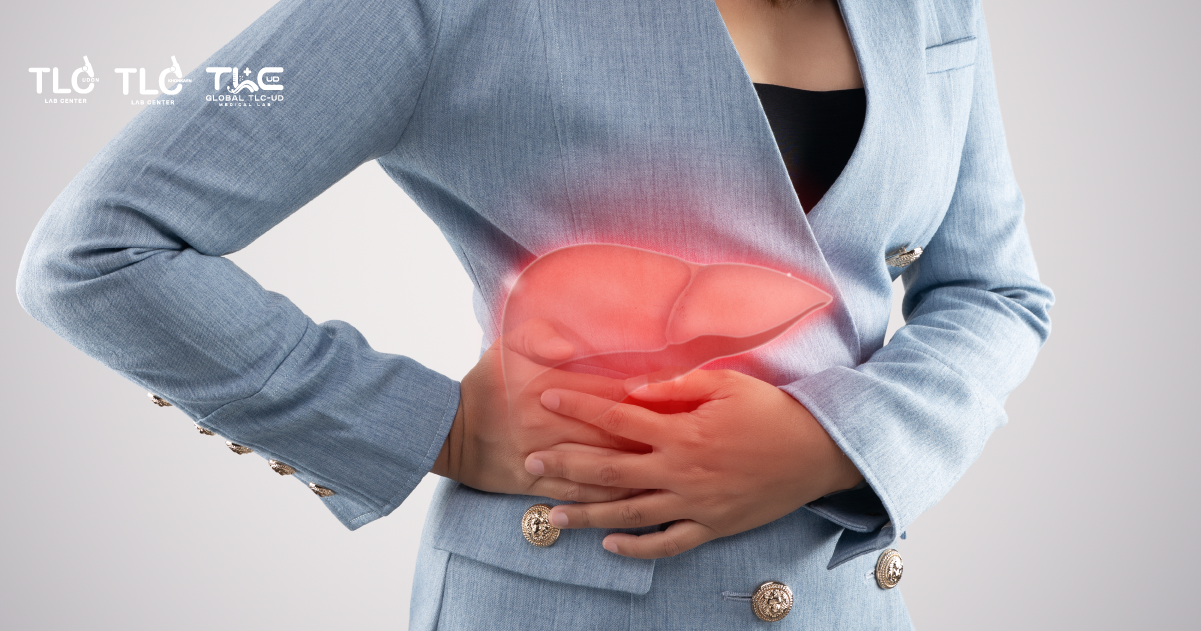The pancreas is a vital organ involved in digestion. It is a gland that is part of the digestive system. Structurally, it weighs about 200 grams and is approximately 20 cm long, consisting of three parts: the head, body, and tail. The pancreas is located in the upper abdomen, behind the stomach and intestines. It is closely associated with the liver, bile ducts, and other organs not directly related to digestion.
The pancreas functions both as:
- An exocrine gland, producing digestive enzymes.
- An endocrine gland, producing the hormone insulin to regulate blood sugar levels, along with other hormones that help balance blood sugar by counteracting insulin.
What Are the Functions of the Pancreas?
- Produces digestive enzymes: These enzymes are secreted into the small intestine through the pancreatic duct. The digestive juices contain enzymes that break down fats, proteins, and carbohydrates. Normally, these enzymes are inactive while still in the pancreas and only become active once they reach the duodenum (the first part of the small intestine). If these enzymes are activated while still inside the pancreas, they can begin digesting the pancreas itself, causing serious medical conditions.
- Produces hormones: The pancreas secretes insulin and glucagon directly into the bloodstream. These hormones regulate blood sugar levels.
Pancreatic Digestive Enzymes
Pancreatic enzymes are basic (alkaline) in nature and include:
- Sodium bicarbonate: Alkaline in nature, helps create a basic environment in the small intestine, allowing digestive enzymes to function except for pepsin from the stomach, which becomes ineffective
- Amylase: Breaks down starch, dextrin, and maltose.
- Lipase: Breaks down fats ,fatty acids and glycerol.
- Trypsinogen: Inactive in the pancreas; becomes trypsin when it reaches the small intestine, activated by the enzyme enterokinase from the intestinal wall. Trypsin digests proteins and polypeptides.
- Chymotrypsin: Continues the digestion of polypeptides after trypsin starts the process.
- Carboxypeptidase: Breaks down peptides into amino acids.
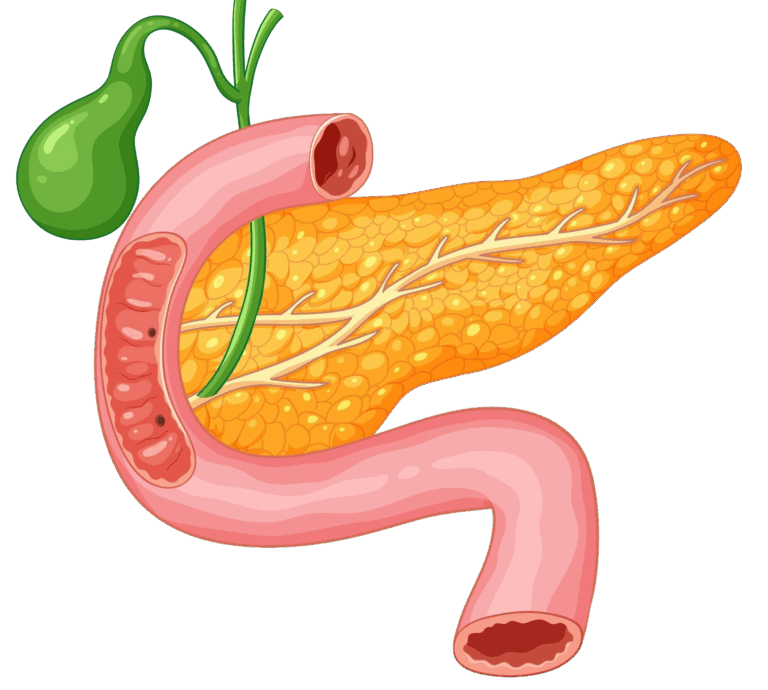
Common Pancreatic Diseases
Several diseases can affect the pancreas. The most common ones include e.g.pancreatitis,pancreatic cancer and pancreatic cysts.
▪️ Pancreatitis (Inflammation of the Pancreas)
There are two types:
- Acute pancreatitis: Mainly caused by alcohol consumption and gallstones that block the pancreatic duct. Symptoms include severe upper abdominal pain, which may radiate to the back. In severe cases, it can be life-threatening. About 1 in 5 patients may experience recurrent acute pancreatitis, which can lead to chronic pancreatitis.
- Chronic pancreatitis: Caused by repeated inflammation over time, leading to scarring. Symptoms may include mild abdominal pain, poor blood sugar control, bloating, chronic diarrhoea, weight loss, and osteoporosis due to long-term vitamin D deficiency.
▪️ Pancreatic Cancer
Pancreatic cancer is the 7th leading cause of cancer deaths worldwide. Most patients die within one year of diagnosis. Risk factors include alcohol consumption, smoking, obesity, diabetes, and exposure to certain chemicals. A small number of cases are inherited. Symptoms often appear late and depend on which surrounding organ the tumor presses on. Symptoms may include chronic abdominal pain, weight loss, jaundice (yellowing of the skin and eyes), nausea, vomiting, bloating, and bowel obstruction.
▪️ Pancreatic Cysts
Pancreatic cysts are relatively common, found in 7–14% of the general population and up to 40% of people over age 70. There are several types of pancreatic cysts. Particular attention should be paid to large, thick-walled cysts (greater than 3 cm), which carry more than a 10% chance of turning into pancreatic cancer.
Laboratory Tests for the Pancreas
- Insulin level
- Lipase level
- Amylase
- CA19-9 (a tumour marker often elevated in pancreatic cancer)

